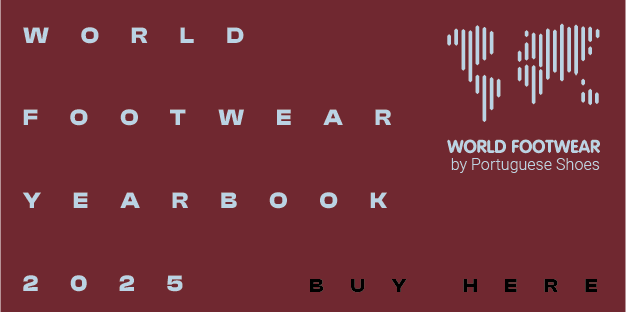COVID-19 pushes luxury industry to its sharpest fall

Global sales of luxury goods are expected to fall 23% to 217 billion euros this year, the biggest drop in its history and the first since 2009, due to the consequences of the coronavirus pandemic, consultant Bain & Company estimates
"The luxury goods industry has been heavily impacted by the COVID-19 crisis in 2020. The core personal luxury goods market contracted for the first time since 2009, falling by 23% at current exchange rates to hit 217 billion euros. The drop is the largest recorded since we have been tracking the industry. The overall luxury market – encompassing both luxury goods and experiences – shrunk at a similar pace and now is estimated at approximately 1 trillion euros".
The expected drop, despite the strong recovery in sales in China, is at the lower end of the 20% to 35% range of the industry forecast that Bain announced back in May, given the better than initially expected recovery during the summer, when closure measures have been suspended or eased around the world and stores have reopened. However, the appearance of second waves of the pandemic in Europe and the United States has led to more restrictions and store closures.
“We have all experienced a difficult year of rapid, unexpected changes and luxury has not emerged unscathed”, commented Claudia D’Arpizio, a Bain & Company partner and lead author of the study. “While the industry has suffered from a pause in global travel and ongoing lockdowns, we believe it has the necessary resilience to manage through the crisis. We have faith in its ability to transform its operations and redefine its purpose to meet new customer demands and retain its relevance, especially for younger generations”, she concluded.
Bain underlines that uncertainty will hover over the industry for some months to come. Following on the second quarter, which was the worst the sector has ever experienced, there were signs of recovery in the third quarter. The most likely outcome is a -10 percent year-over-year drop in the fourth quarter, which is heavily dependent on the future evolution of Covid-19 and the additional restrictions that national governments could put in place.
Scenarios for 2021 are varied and Bain forecasts growth that ranges from +10/12% to +17/19% depending on macroeconomic conditions, the evolution of COVID-19 and the speed of return to travel globally as well as the resilience and confidence of local customers.
The decline in revenue is taking a disproportionate toll on profitability – Bain expects operating profit to decline by 60% in 2020 vs. 2019 level (i.e. from an average of 21% margin to 12 percent margin). According to the study, in 2021 the market is expected to recover 50% of the profit loss of 2020 – still below 2019 levels. This is driven by requirement to continue spending, and sometimes even accelerate investment, on most cost items (marketing, online channels, store costs) despite the drop in sales. Bain expects the recovery to gather pace over the next three years, with the market returning to 2019 levels by the end of 2022/early 2023.
Scenarios for 2021 are varied and Bain forecasts growth that ranges from +10/12% to +17/19% depending on macroeconomic conditions, the evolution of COVID-19 and the speed of return to travel globally as well as the resilience and confidence of local customers.
The decline in revenue is taking a disproportionate toll on profitability – Bain expects operating profit to decline by 60% in 2020 vs. 2019 level (i.e. from an average of 21% margin to 12 percent margin). According to the study, in 2021 the market is expected to recover 50% of the profit loss of 2020 – still below 2019 levels. This is driven by requirement to continue spending, and sometimes even accelerate investment, on most cost items (marketing, online channels, store costs) despite the drop in sales. Bain expects the recovery to gather pace over the next three years, with the market returning to 2019 levels by the end of 2022/early 2023.
Image credits: Mohamed Masaau on Unsplash











